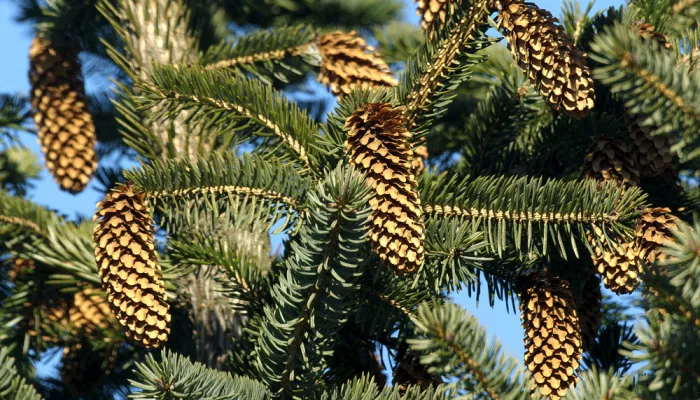About
The Sitka spruce is a tall, evergreen conifer originally from the west coast of North America. It was introduced into the UK in 1831 and has become our most widely planted forest tree. Between the 1950s and 1980s, it was notoriously planted in large, regimented, dark and uniform forests.It is conical in shape, displays needle-like, pointed leaves, and has large, domed cones that open their 'scales' to release the seeds inside.

